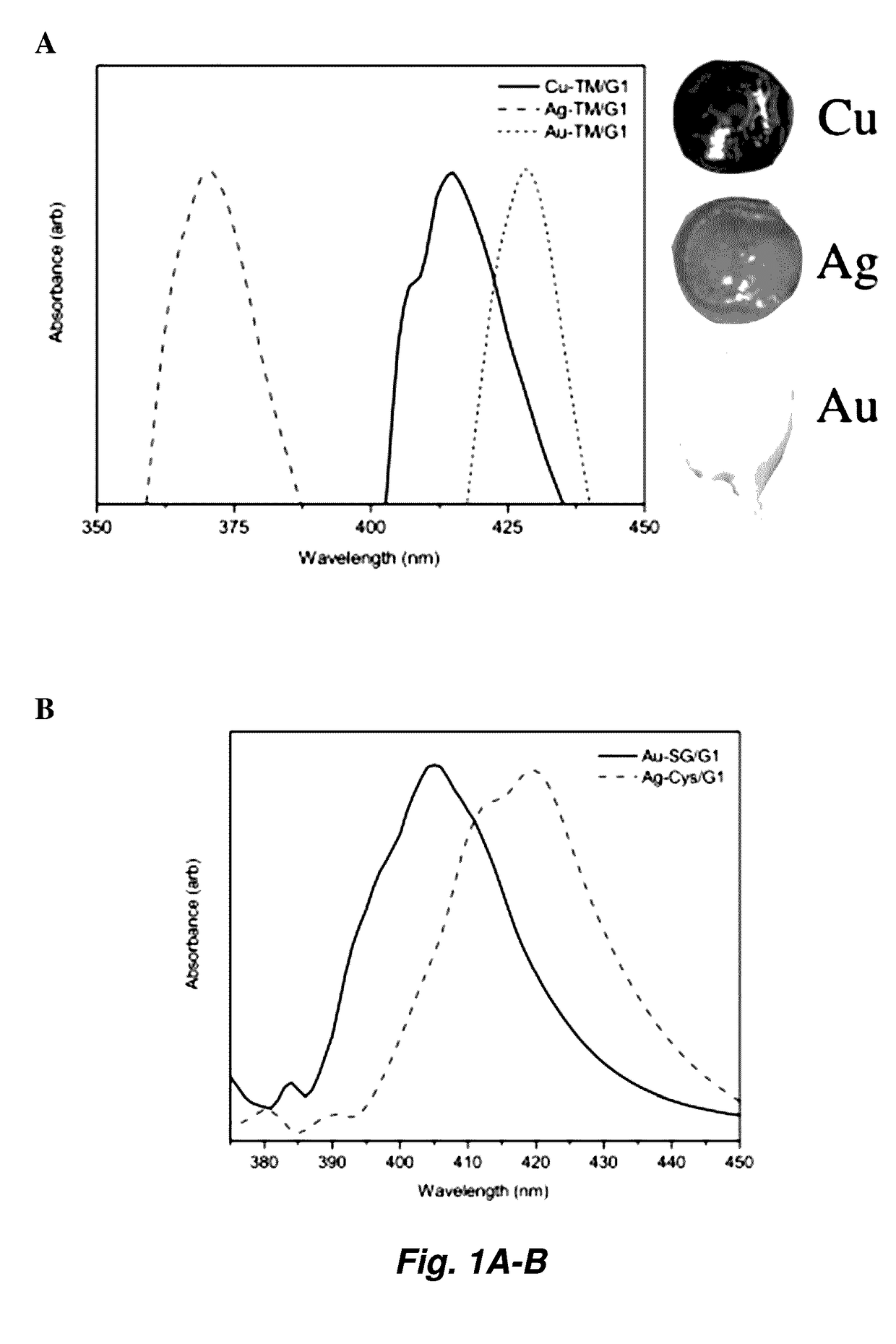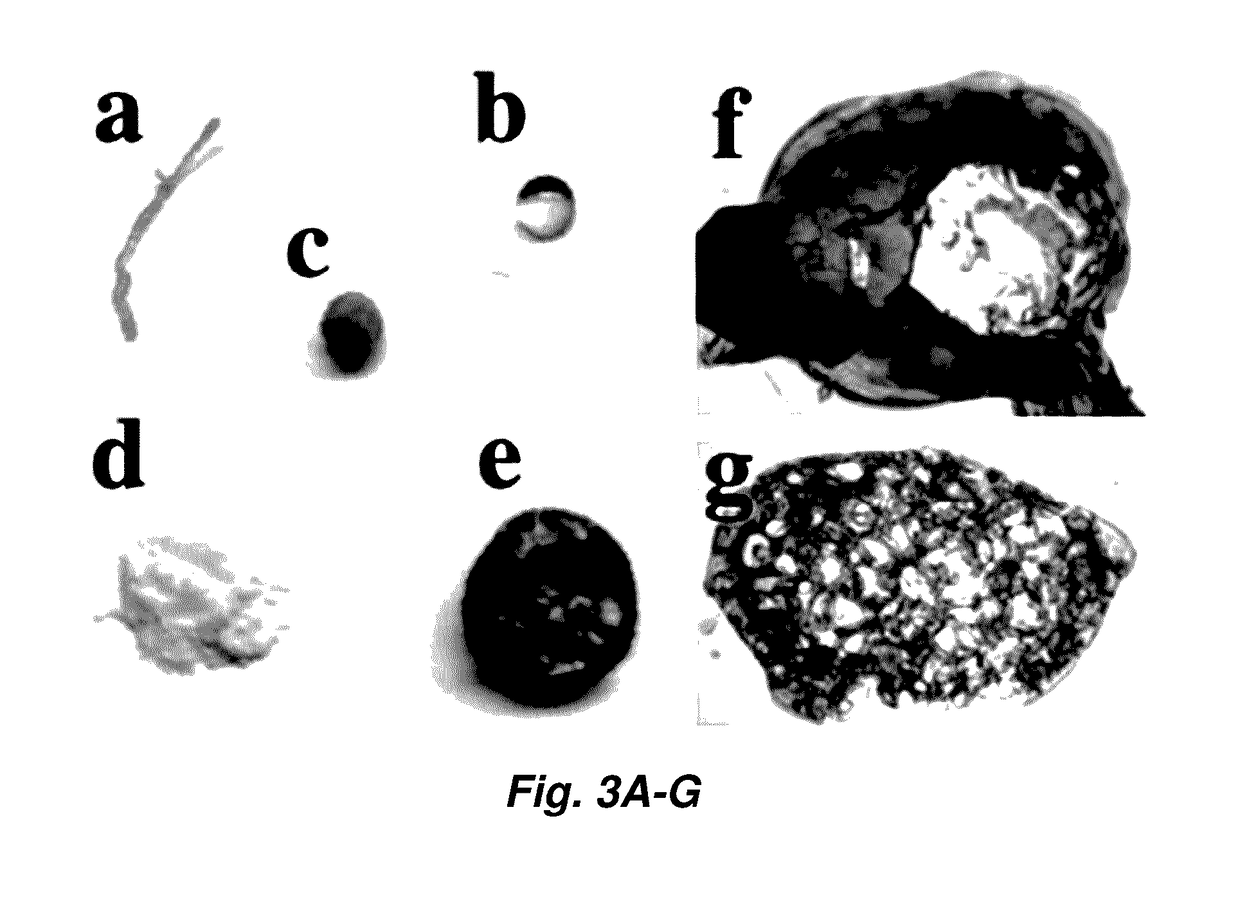Reversible metallopolymer network
- Summary
- Abstract
- Description
- Claims
- Application Information
AI Technical Summary
Benefits of technology
Problems solved by technology
Method used
Image
Examples
example 1
ls Through Glyme Coordination
[0149]Cu-TM / G1 Synthesis.
[0150]A 100 mM solution of thiomalic acid (1.2 mmol, 3 eq., in 12 mL 0.3 M NaOH) and 100 mM solution of CuCl2.2H2O (0.4 mmol, 1 eq., in 4 mL H2O) were filtered. The thiol solution was added to the blue copper chloride solution in a 50-mL polypropylene centrifugation tube and turned the solution black. 1,2-Dimethoxyethane (G1, 12 mL) was immediately added, and the resulting cloudy white suspension was shaken at 4° C. for 45 min or until a dense yellow phase was apparent. After centrifugation at 3220 g for 10 min at 4° C. the clear, colorless supernatant was siphoned off of the viscous yellow liquid.
[0151]Only the bottom portion of the liquid was used in experimentation to be sure no residual solvent was brought over into the final product.
[0152]Cu-TM / G2-5 Synthesis.
[0153]All glymes studied (G2-G-5) are capable of substituting for G1 as described for the synthesis of Cu-TM / G1. Other metal salts and thiolates (e.g., examples found i...
example 2
[0155]Immediately after its synthesis, 150 μL of the viscous liquid CMTP was transferred into an 8-mm diameter rubber mold on parafilm. After drying for 24 h in ambient laboratory conditions it was transferred to a desiccator (RH=0%) and dried for another 24 h at ambient temperature and pressure. This method allowed water to slowly diffuse out of the gel to evaporate and prevented the material from cracking. The resulting puck fits perfectly under the 8-mm top plate on the rheometer. This method provided reproducible and accurate rheological measurement of the material.
PUM
| Property | Measurement | Unit |
|---|---|---|
| wt % | aaaaa | aaaaa |
| wt % | aaaaa | aaaaa |
| RH | aaaaa | aaaaa |
Abstract
Description
Claims
Application Information
 Login to View More
Login to View More - R&D
- Intellectual Property
- Life Sciences
- Materials
- Tech Scout
- Unparalleled Data Quality
- Higher Quality Content
- 60% Fewer Hallucinations
Browse by: Latest US Patents, China's latest patents, Technical Efficacy Thesaurus, Application Domain, Technology Topic, Popular Technical Reports.
© 2025 PatSnap. All rights reserved.Legal|Privacy policy|Modern Slavery Act Transparency Statement|Sitemap|About US| Contact US: help@patsnap.com



